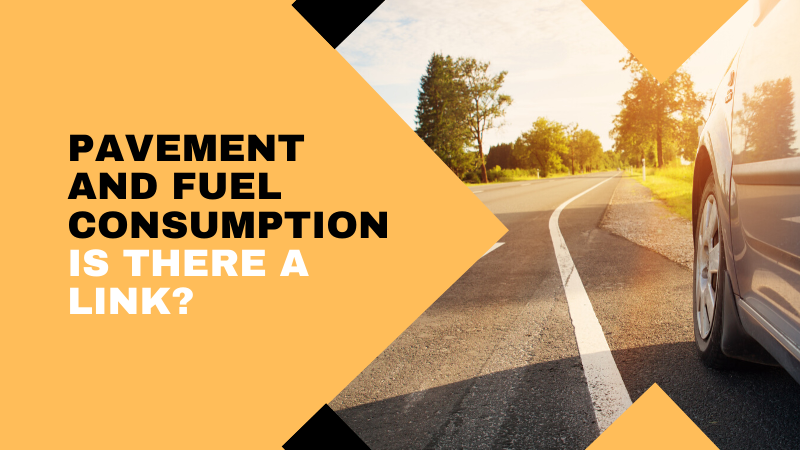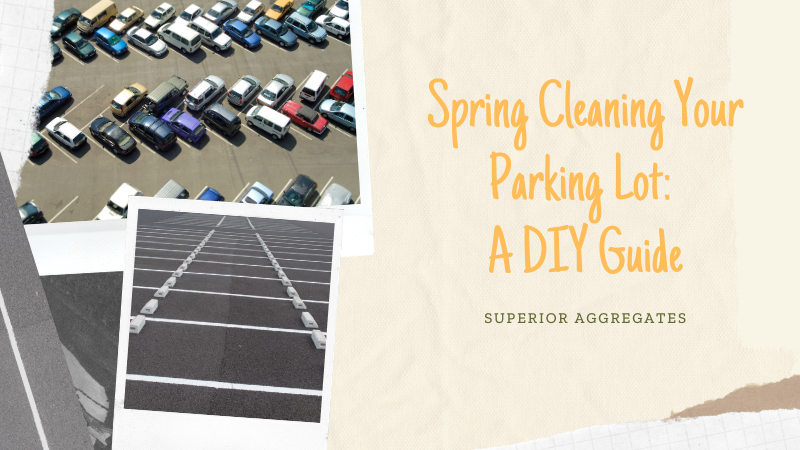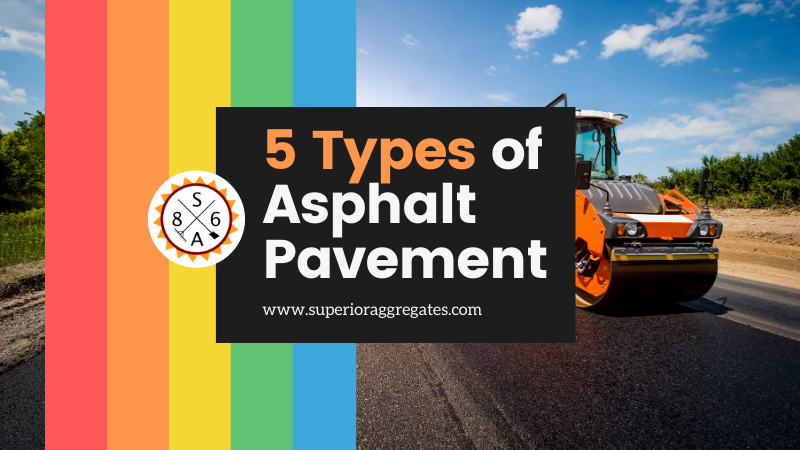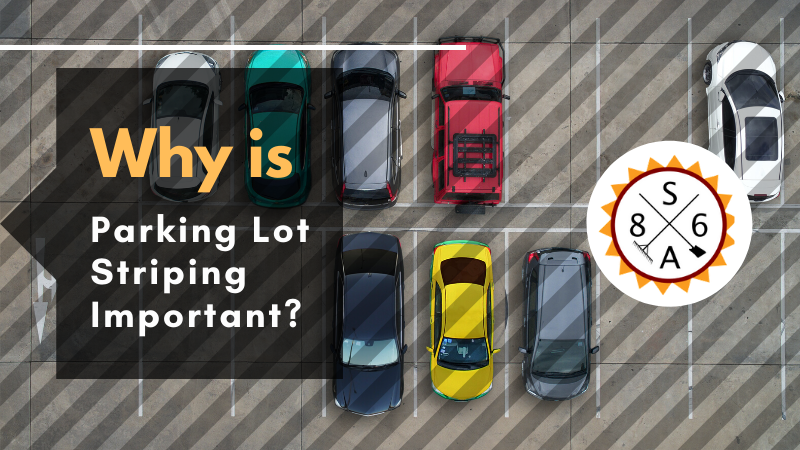
Pavement and Fuel Consumption: Is There a Link?
Fuel efficiency in motor vehicles has been a major concern ever since the 1970s and has garnered even more attention in recent years due to the global warming debate. Interested parties include environmentalists, government agencies, vehicle manufacturers, the trucking and transportation industries, and the everyday consumer driving their cars. The focus has mainly been centered on creating better vehicle designs, with more aerodynamic forms and fuel-efficient engines, as well as alternative fuels. But recently a whole new field of environmental science has emerged that is taking a close look at the pavement that vehicles drive on and how it affects fuel efficiency. Their findings so far indicate that pavement does indeed have a significant impact on how much fuel a vehicle uses with far-reaching implications for those concerned with road construction and asphalt maintenance.
Roughness And Responsiveness
Asphalt is by far the most used material for building roadways around the world, accounting for about 90% of the 2.5 million miles of pavement existing in the U.S. and 3.2 million miles in Europe. The scientists and engineers who are studying the relationship between pavement characteristics and fuel consumption are generally measuring the effects of three basic factors:
- Roughness – The smoothness of the roadway affects the drive train components and suspension system of a vehicle as well as the flexing of the sidewalls of the tires. A rough pavement makes these systems work harder, which in turn causes the engine to work harder to overcome these stresses, using more fuel.
- Macrotexture – This is a measurement of the pavement surface that has an effect on the friction and resistance between the tires and the road.
- Structural Responsiveness – This is a measure of how much a pavement material will deform, or give, under the weight of a vehicle passing over it.
All of these factors taken together have a big impact on fuel consumption. And they change over time as the roadway is used and as natural elements such as heat, cold, and water deteriorate the pavement and cause potholes and rough surfaces requiring asphalt repair.
Smoother Is Better And Asphalt Is Best
The research has shown that the smoothness of pavement is the dominant factor in fuel efficiency. The rougher the road, the greater the fuel consumption. And the studies have shown that asphalt is the best material for the construction and maintenance of smooth pavements. A U.S. General Accounting Office (GAO) report in 1999 stated: “Concrete roads may produce rougher readings than asphalt roads, even if the concrete road is of very high quality. Features such as joints between sections can contribute to the roughness of concrete highways.”
It’s clear that making a bigger investment in asphalt maintenance on the nation’s highways and byways at the federal, state, and local level will have significant benefits for fuel-efficiency. This would not only help to make for a cleaner environment, but it would save the trucking and transportation industries, as well as the average consumer, a lot of money on fuel costs, which would be good for the economy. It would also mean significant savings on vehicle maintenance and repair.
Adequate asphalt maintenance and repair should be a high priority for the nation’s policymakers. It’s the right thing to do.
Fuel efficiency in motor vehicles has been a major concern ever since the 1970s and has garnered even more attention in recent years due to the global warming debate. Interested parties include environmentalists, government agencies, vehicle manufacturers, the trucking and transportation industries, and the everyday consumer driving their cars. The focus has mainly been centered on creating better vehicle designs, with more aerodynamic forms and fuel-efficient engines, as well as alternative fuels. But recently a whole new field of environmental science has emerged that is taking a close look at the pavement that vehicles drive on and how it affects fuel efficiency. Their findings so far indicate that pavement does indeed have a significant impact on how much fuel a vehicle uses with far-reaching implications for those concerned with road construction and asphalt maintenance.
Roughness And Responsiveness
Asphalt is by far the most used material for building roadways around the world, accounting for about 90% of the 2.5 million miles of pavement existing in the U.S. and 3.2 million miles in Europe. The scientists and engineers who are studying the relationship between pavement characteristics and fuel consumption are generally measuring the effects of three basic factors:
- Roughness – The smoothness of the roadway affects the drive train components and suspension system of a vehicle as well as the flexing of the sidewalls of the tires. A rough pavement makes these systems work harder, which in turn causes the engine to work harder to overcome these stresses, using more fuel.
- Macrotexture – This is a measurement of the pavement surface that has an effect on the friction and resistance between the tires and the road.
- Structural Responsiveness – This is a measure of how much a pavement material will deform, or give, under the weight of a vehicle passing over it.
All of these factors taken together have a big impact on fuel consumption. And they change over time as the roadway is used and as natural elements such as heat, cold, and water deteriorate the pavement and cause potholes and rough surfaces requiring asphalt repair.
Smoother Is Better And Asphalt Is Best
The research has shown that the smoothness of pavement is the dominant factor in fuel efficiency. The rougher the road, the greater the fuel consumption. And the studies have shown that asphalt is the best material for the construction and maintenance of smooth pavements. A U.S. General Accounting Office (GAO) report in 1999 stated: “Concrete roads may produce rougher readings than asphalt roads, even if the concrete road is of very high quality. Features such as joints between sections can contribute to the roughness of concrete highways.”
It’s clear that making a bigger investment in asphalt maintenance on the nation’s highways and byways at the federal, state, and local level will have significant benefits for fuel-efficiency. This would not only help to make for a cleaner environment, but it would save the trucking and transportation industries, as well as the average consumer, a lot of money on fuel costs, which would be good for the economy. It would also mean significant savings on vehicle maintenance and repair.
Adequate asphalt maintenance and repair should be a high priority for the nation’s policymakers. It’s the right thing to do.




